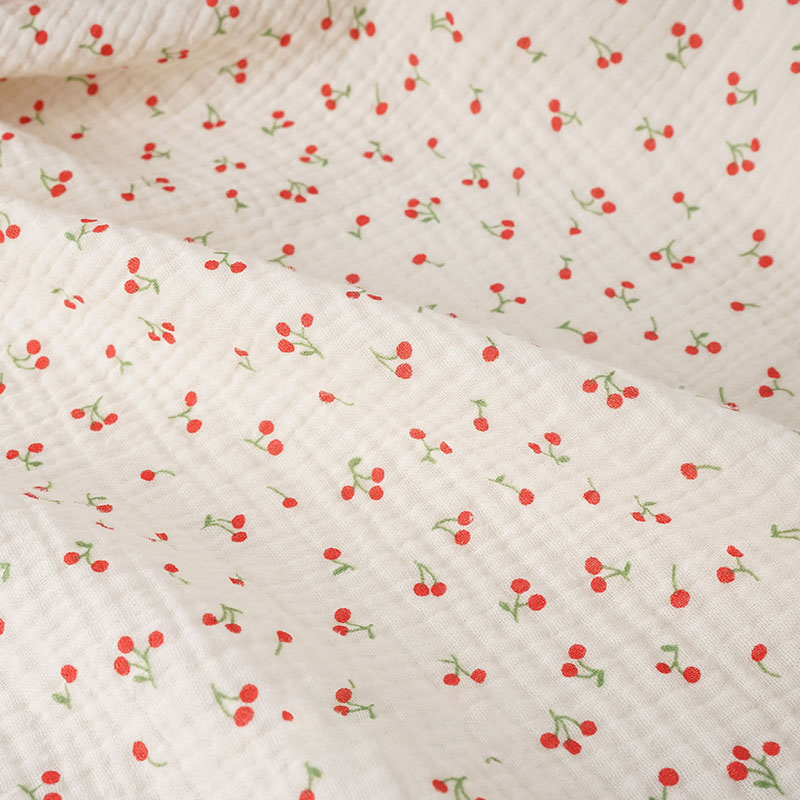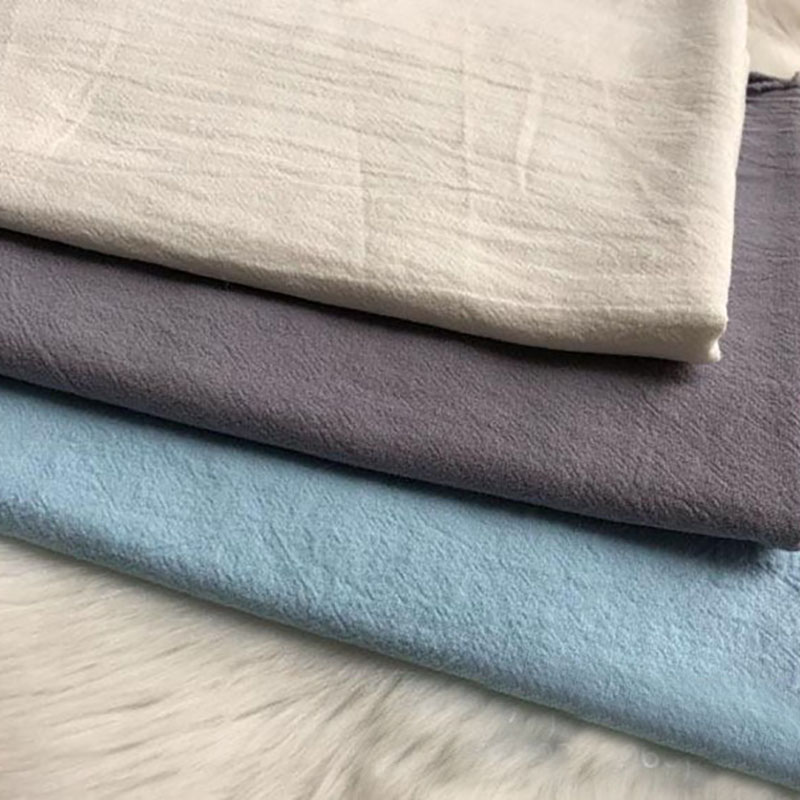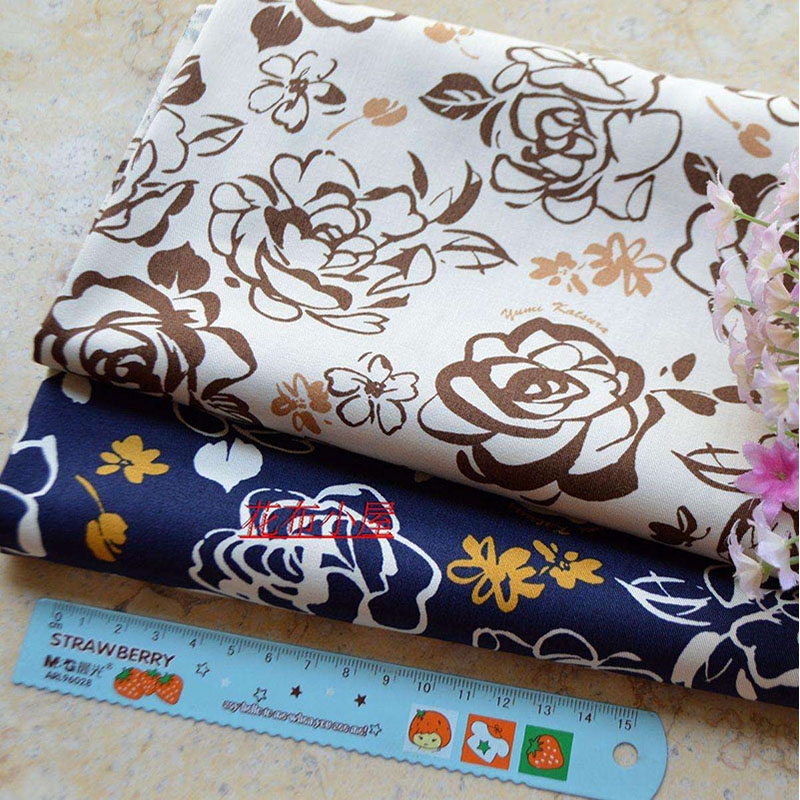
In the fashion industry, fabric selection directly affects product design, market positioning, and consumer purchasing decisions. Whether it is a lightweight summer fabric or a warm winter material, each fabric carries the brand's positioning and consumer emotions. Therefore, as a member of the marketing team, it is necessary for us to deeply analyze the importance of fabric selection.

Choosing the right fabric not only improves the appearance of clothing, but also strengthens the brand image. For example, luxury brands often choose high-end fabrics to highlight their superiority and uniqueness. On the contrary, fabrics of poor quality may lead consumers to have a negative perception of the brand. When promoting marketing, emphasizing the uniqueness and quality of fabrics is crucial to increase brand awareness.

The comfort and functionality of fabrics directly affect consumers' wearing experience. For example, functional fabrics used in sportswear can provide breathability and elasticity, thereby improving users' athletic performance. In marketing strategies, we need to focus on these characteristics of fabrics in order to better meet consumer needs.

As consumers' requirements for product functions and performance continue to increase, functional fabrics are becoming an important part of product competitiveness. They not only change the use scenarios of products, but also open up market opportunities. The rational use of these fabrics can help us stand out from many competitors.

In summary, fabric selection is crucial to apparel design and marketing. Not only should we consider the appearance of the fabric and its impact on the brand image, but we should also pay attention to its impact on consumer experience and product functionality. By optimizing fabric selection, we can improve product competitiveness and achieve greater market share and sales growth.

